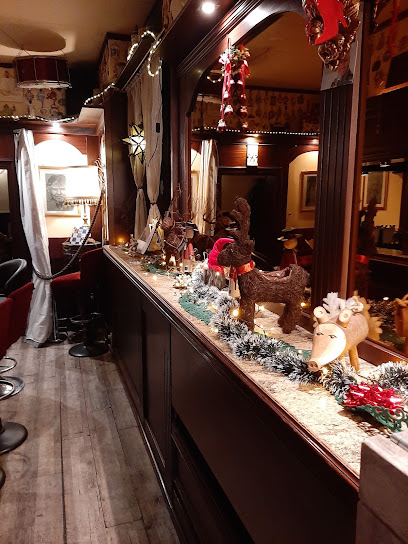
Equestrian Statue of Friedrich Wilhelm III: A Cologne Landmark
Discover Cologne's Prussian heritage at the Equestrian Statue of Friedrich Wilhelm III on Heumarkt, a historic square offering culture, events, and Rhineland charm in the heart of the city.
Dominating Cologne's Heumarkt, the equestrian statue of Friedrich Wilhelm III is a powerful symbol of Prussian history and the city's complex past. Erected in 1878, it honors King Friedrich Wilhelm III, who led Prussia through the Napoleonic Wars and initiated significant reforms. The statue, featuring the king on horseback surrounded by figures representing key figures and values of the era, has had a tumultuous history, surviving war damage and even being dismantled. Reconstructed and restored, it now stands as a reminder of Cologne's historical ties to Prussia and a focal point for reflection on the region's evolution. The statue is a popular spot for tourists and locals alike, offering a glimpse into the Rhineland's rich heritage.
A brief summary to Equestrian statue of Friedrich Wilhelm III.
- Heumarkt 43, Cologne, Innenstadt, 50667, DE
Local tips
- Visit during the Cologne Carnival to witness the grand parade passing through Heumarkt, creating an unforgettable festive atmosphere.
- Explore the nearby St. Maria im Kapitol church, one of Cologne's twelve Romanesque churches, to admire its stunning interior mosaics.
- Enjoy traditional German cuisine at one of the many restaurants surrounding Heumarkt, offering a taste of local flavors.
Getting There
-
Public Transport
Heumarkt is easily accessible via Cologne's efficient public transport system. From Cologne Central Station (Köln Hbf), take tram lines 1, 5, 7 or 9 to the Heumarkt station. The ride is short and the station is located directly on the square, a few steps from the statue. A single ticket costs approximately €2-3.
-
Walking
From Cologne Cathedral (Kölner Dom), the statue is about a 10-15 minute walk. Head south, following the signs for the Old Town (Altstadt). Walk past the Rathaus (City Hall) and Alter Markt (Old Market Square). Continue straight, and you'll arrive at Heumarkt. The statue will be clearly visible in the center of the square.
-
Taxi/Ride-Share
A taxi or ride-share from Cologne Central Station or the Cathedral to Heumarkt will take approximately 5-10 minutes, depending on traffic. The fare will likely be in the range of €8-€15. Be sure to specify 'Heumarkt' as your destination.
-
Driving
If driving, navigate to Heumarkt 43, 50667 Köln. Parking is available at the Parkhaus Heumarkt (Markmannsgasse 3, 50667 Köln), which offers direct access to the square. Hourly parking rates range from €4.50-€5, with a daily maximum of €32. Discounted rates may be available for guests of nearby hotels; inquire at your hotel reception.
Discover more about Equestrian statue of Friedrich Wilhelm III.
Iconic landmarks you can’t miss
Heumarkt 43
0.1 km
Experience Cologne's vibrant heart at Heumarkt, a historic square blending medieval charm with modern energy, offering year-round events, culinary delights, and cultural experiences.
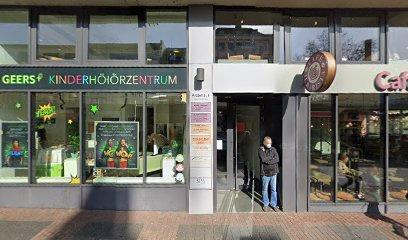
Cologne
0.1 km
Discover Cologne: A vibrant German city where ancient Roman history meets stunning Gothic architecture, world-class museums, and the lively spirit of the Rhineland.
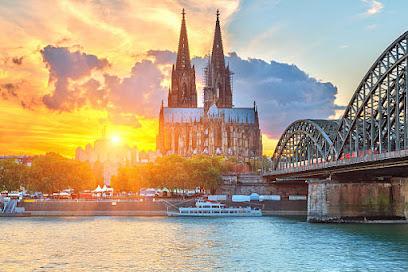
Barockfassade
0.2 km
Discover Cologne's architectural heritage at the Barockfassade, a beautifully preserved Baroque facade from 1696, offering a glimpse into the city's rich past and artistic evolution.

Historisches Rathaus der Stadt Köln
0.2 km
Discover Cologne's Historisches Rathaus, a magnificent blend of Gothic and Renaissance architecture, and Germany's oldest city hall, steeped in history and civic pride, in the heart of the vibrant Old Town.
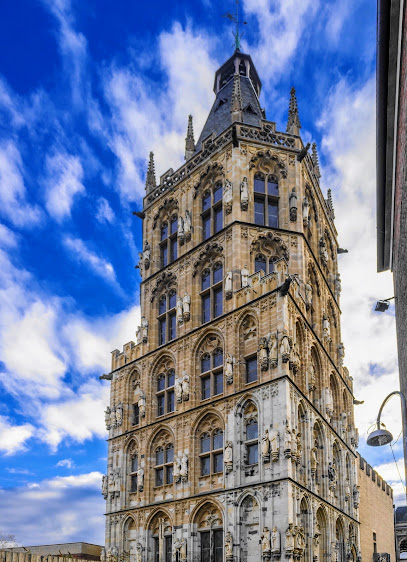
St. Maria im Kapitol
0.2 km
Discover the architectural beauty and historical richness of St. Maria im Kapitol, a stunning Catholic church in the heart of Cologne, Germany.
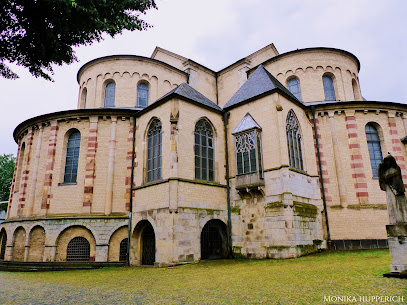
Experience Cologne
0.2 km
Explore Cologne's rich history, stunning architecture, and vibrant culture through expertly guided tours with Experience Cologne, a premier tour agency.
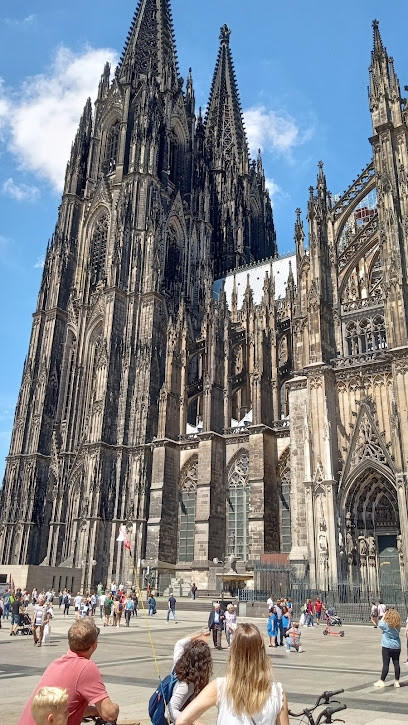
Trinitatiskirche
0.3 km
Discover the tranquility of Trinitatiskirche, a stunning Evangelical church in Cologne, offering serene beauty and rich cultural experiences.
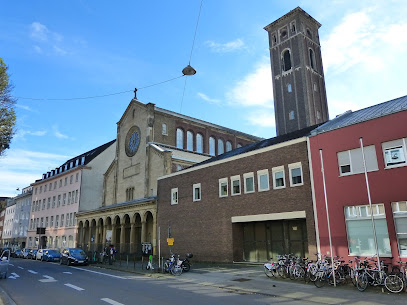
Der goldene Kupferstern
0.4 km
Experience Cologne's vibrant heart at Roncalliplatz, surrounded by iconic landmarks, bustling events, and the city's rich history and culture, offering an unforgettable adventure.
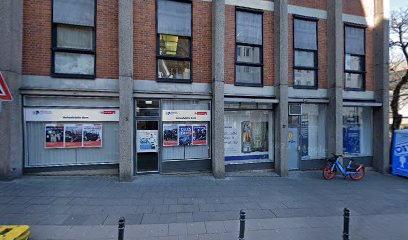
Ancient Roman Harbor Street
0.5 km
Explore Cologne's Ancient Roman Harbor Street: A captivating historical landmark offering a glimpse into the city's Roman past, showcasing its significance as a vital trading hub.
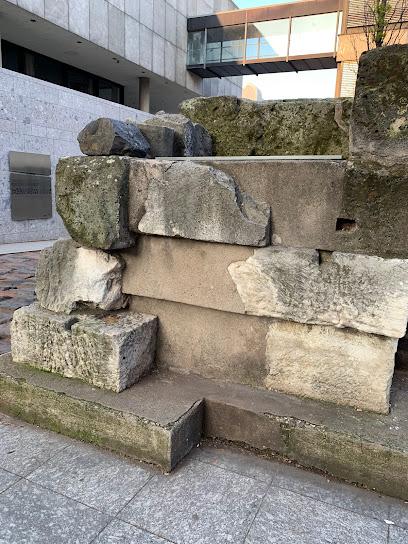
Heinzelmännchenbrunnen, Köln - Edmund Renard
0.5 km
Discover the enchanting Heinzelmännchenbrunnen in Cologne, a whimsical fountain celebrating the city's beloved legend of industrious house gnomes and a curious tailor's wife.

Paolozzibrunnen – Eduardo Paolozzi (1986)
0.5 km
Discover the Paolozzi Fountain in Cologne: a captivating blend of modern art, historical remnants, and playful interaction in the heart of the scenic Rheingarten park, a short walk from Cologne Central Station.
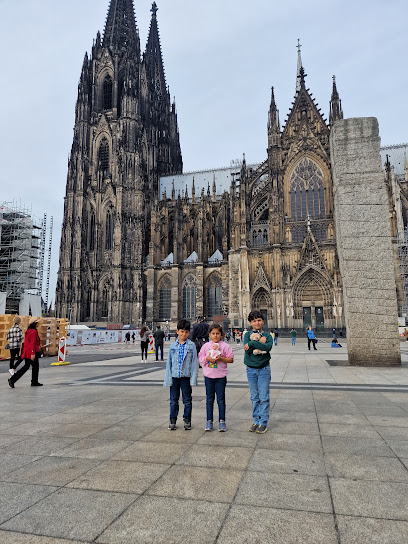
Tauzieher
0.5 km
Discover the Tauzieher in Cologne's Rheinauhafen: A powerful symbol of the city's maritime past, resilience, and the enduring spirit of its people, blending history and art.

Guided Tours at the Cathedral
0.5 km
Experience the awe-inspiring grandeur of Cologne Cathedral, a UNESCO World Heritage site and Germany's most visited landmark, showcasing Gothic architecture and religious significance.
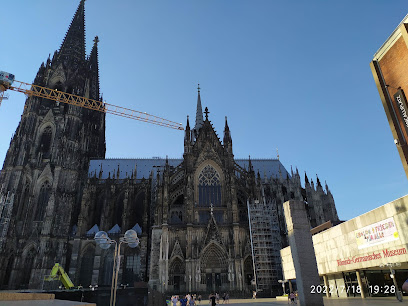
Museum Ludwig
0.5 km
Explore masterpieces of modern art at Museum Ludwig in Cologne, home to iconic works by Picasso, Warhol, Dalí, and more, offering a vibrant journey through 20th and 21st-century art movements.
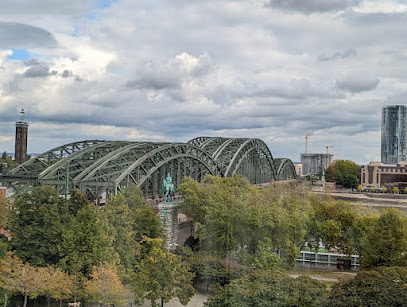
Roncalliplatz
0.5 km
Experience the heart of Cologne at Roncalliplatz, a vibrant plaza steeped in history, framed by the iconic Cologne Cathedral, and alive with cultural events year-round.

Unmissable attractions to see
Heumarkt
0.1 km
Explore Heumarkt, Cologne's stunning historical square filled with vibrant culture, remarkable architecture, and delightful local cuisine.
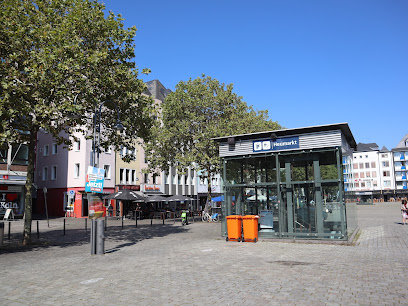
Heinzels Wintermärchen - Weihnachtsmarkt Kölner Altstadt
0.1 km
Discover the enchanting Heinzels Wintermärchen Christmas market in Cologne, where festive treats and handcrafted gifts create a magical holiday experience.
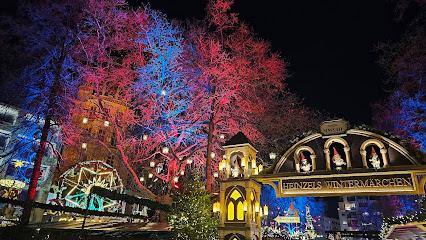
Hänneschen-Theater
0.1 km
Explore the enchanting world of puppetry at Hänneschen-Theater, Cologne's premier performing arts theater showcasing rich cultural traditions.
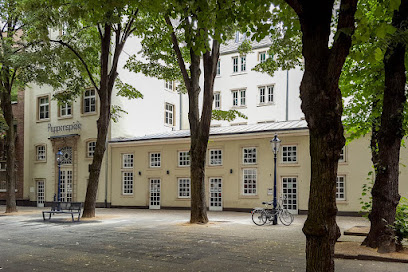
Gürzenich Köln
0.2 km
Discover the historic Gürzenich Köln, a stunning convention center blending rich cultural heritage with modern elegance in the heart of Cologne.
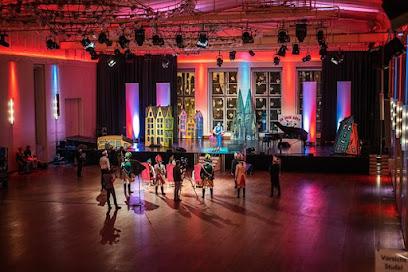
Old Town Cologne
0.2 km
Explore the enchanting Old Town Cologne, where history, culture, and culinary delights converge in a vibrant riverside setting.

Willi-Ostermann-Brunnen
0.2 km
Discover the charm of the Willi-Ostermann-Brunnen, a captivating fountain in Cologne celebrating the city's musical heritage.
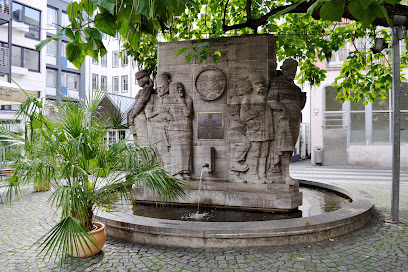
Freitreppe an St. Maria im Kapitol
0.2 km
Discover the beauty of Freitreppe an St. Maria im Kapitol in Cologne, a scenic spot offering stunning views of historic architecture and vibrant local culture.
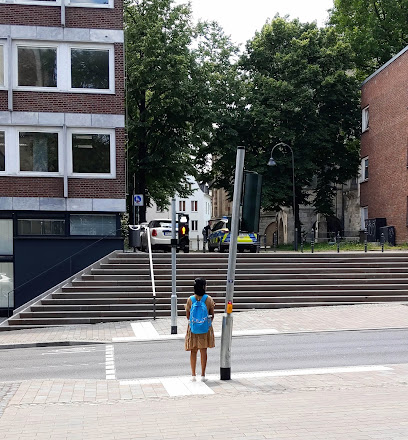
Brunnen Marsplatz
0.2 km
Discover the charm of Brunnen Marsplatz, Cologne's historical square filled with culture, stunning architecture, and vibrant local life.
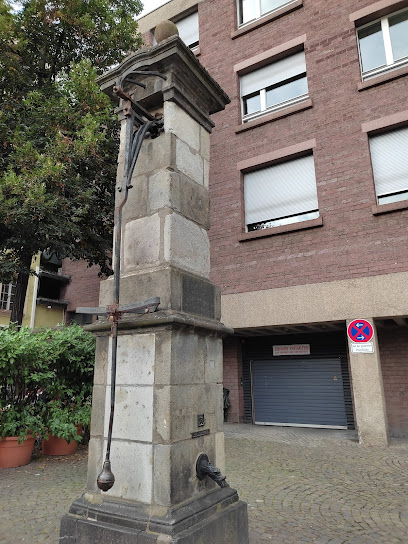
Brauerei zur Malzmühle
0.2 km
Experience authentic German brewing and traditional cuisine at Brauerei zur Malzmühle, Cologne's premier beer hall and restaurant.
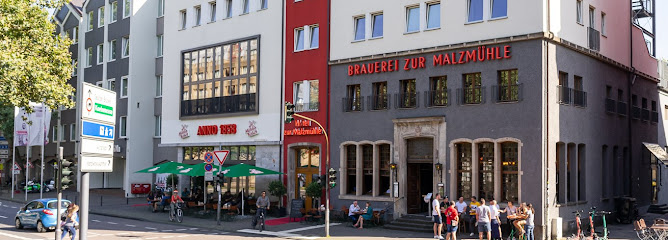
Historische Altstadt
0.2 km
Explore the Historical Altstadt of Cologne, where medieval charm meets vibrant culture in the heart of Germany.
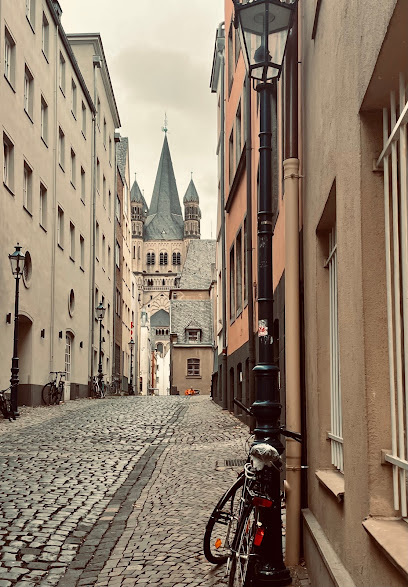
Old St. Alban
0.2 km
Explore Old St. Alban, a historical landmark in Cologne that offers a glimpse into the city's rich architectural heritage and captivating stories of the past.
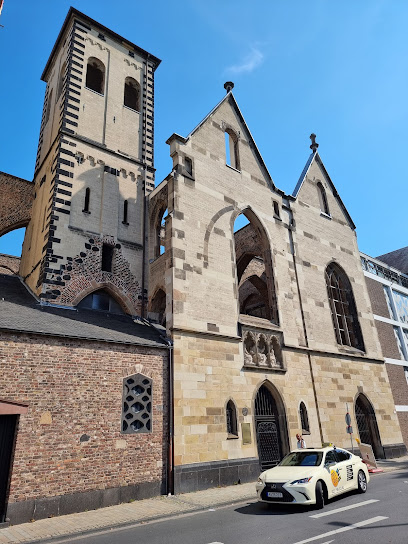
Buttermarkt
0.2 km
Experience the vibrant atmosphere and rich history of Buttermarkt, a must-visit square in the heart of Cologne perfect for relaxation and exploration.
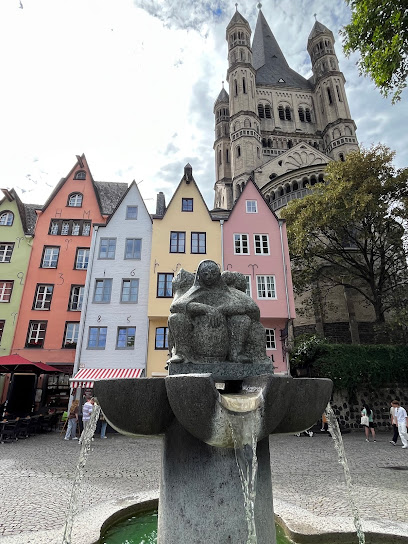
Der Pegelturm
0.2 km
Discover the historical significance and scenic beauty of Der Pegelturm, an iconic water level tower on the banks of the Rhine in Cologne.
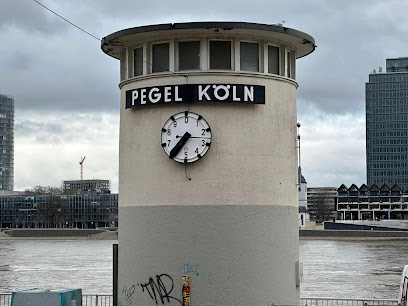
Hard Rock Cafe
0.2 km
Discover the ultimate American dining experience at Hard Rock Cafe Cologne, where iconic rock memorabilia meets delicious cuisine in a lively atmosphere.
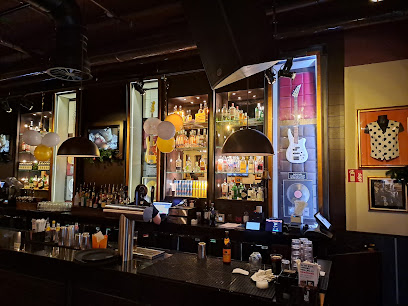
Papa Joe's Jazz Bar
0.2 km
Discover the rhythm of Cologne at Papa Joe's Jazz Bar, where live jazz, cozy ambiance, and vibrant nightlife await every visitor.

Essential places to dine
Gilden im Zims “Heimat kölscher Helden”
0.1 km
Discover authentic German flavors at Gilden im Zims, a lively beer hall in the heart of Cologne offering delicious cuisine and local Kölsch.
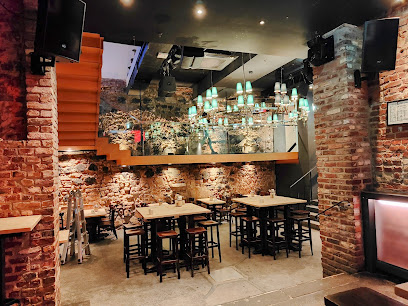
Hänneschen und die Pfeffermühle
0.1 km
Discover authentic German cuisine at Hänneschen und die Pfeffermühle in Cologne—where tradition meets taste.
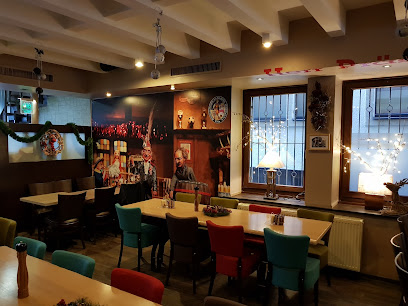
Restaurant Bellevue
0.1 km
Experience exquisite dining at Restaurant Bellevue in Cologne – where culinary artistry meets stunning river views.
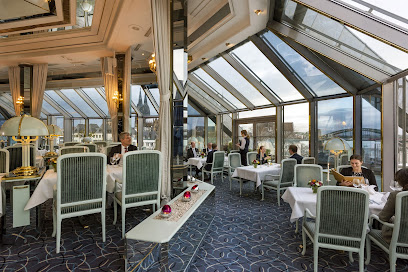
Keule
0.1 km
Experience authentic German flavors at Keule in Cologne - where tradition meets modern culinary artistry.
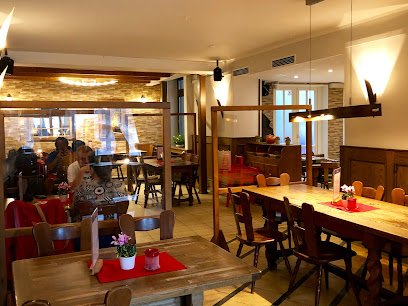
L'Osteria
0.1 km
Discover authentic Italian flavors at L'Osteria in Cologne's Innenstadt—where every meal is a celebration of taste and tradition.

Servus Colonia Alpina
0.1 km
Discover the heart of Bavarian cuisine at Servus Colonia Alpina in Cologne – where tradition meets taste in every dish.
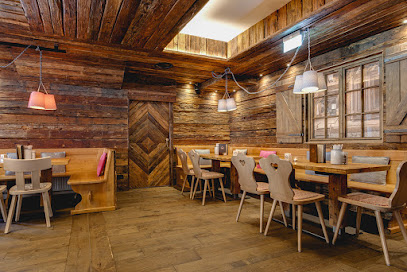
Brauhaus Sünner im Walfisch
0.2 km
Experience Cologne's brewing tradition at Brauhaus Sünner im Walfisch – where authentic flavors meet local charm.
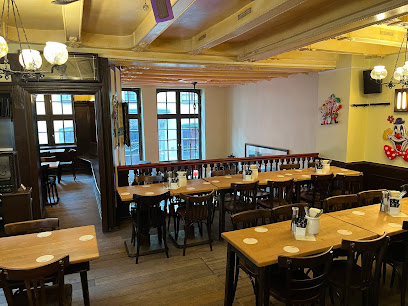
HACIENDA
0.2 km
Experience the vibrant flavors of Argentinian cuisine at Hacienda in Cologne - a perfect blend of tradition and innovation.

Haxenhaus
0.2 km
Experience authentic German flavors at Haxenhaus in Cologne – where tradition meets taste by the Rhine River.
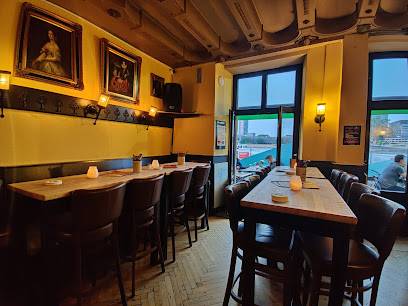
Mederrano
0.2 km
Experience authentic Mediterranean flavors at Mederrano in Cologne – where every meal is a celebration of taste.
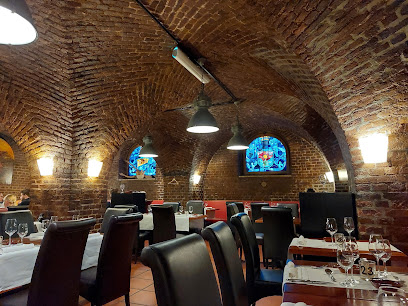
Restaurant Mama Leone
0.2 km
Savor authentic Italian flavors at Restaurant Mama Leone in Cologne – where every meal is a celebration of taste and tradition.
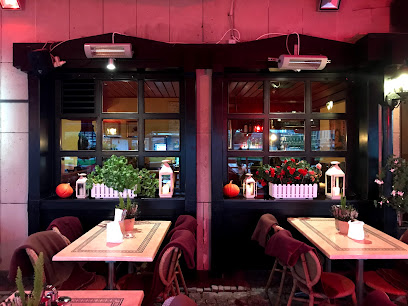
Peters Brauhaus
0.3 km
Discover Peters Brauhaus in Cologne - A lively brewpub serving authentic German cuisine and craft beers in an inviting atmosphere.
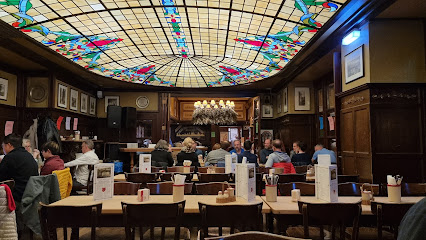
The Small Steakhouse
0.3 km
Experience top-quality steaks at The Small Steakhouse in Cologne - where flavor meets warmth in every bite.

Ristorante il Tartufo - Köln
0.4 km
Experience authentic Italian cuisine at Ristorante il Tartufo in Köln - where every dish tells a story.
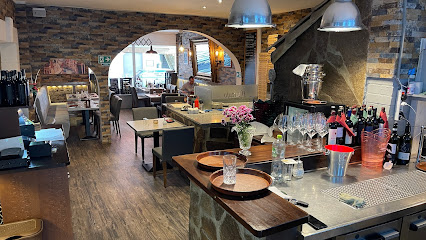
RheinZeit
0.4 km
Experience authentic German cuisine at RheinZeit in Cologne, where tradition meets modern dining in a vibrant atmosphere.

Markets, malls and hidden boutiques
Casado Store
0.3 km
Discover the heart of Cologne's fashion at Casado Store, where style meets elegance and every piece is a statement.

UNIQLO Köln
0.3 km
Explore stylish and affordable fashion at UNIQLO Köln, where contemporary design meets comfort in the heart of Cologne.

GALERIA Kaufhof
0.4 km
Dive into a shopping haven at GALERIA Kaufhof, Cologne's premier department store, featuring a diverse range of products in the heart of the city.
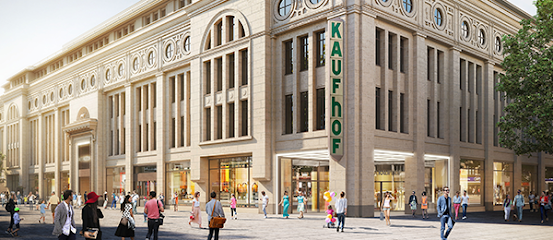
Elbenwald
0.4 km
Explore the enchanting Elbenwald gift shop in Cologne, where fantasy meets shopping with clothing, toys, and unique gifts for all ages.
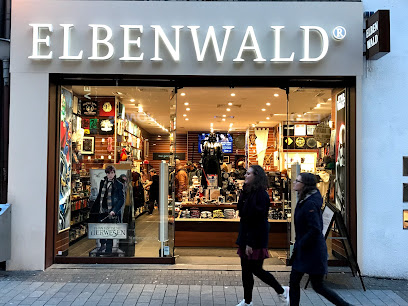
Close Up GmbH
0.4 km
Explore Close Up GmbH: Cologne's premier gift shop for unique posters and artistic treasures in the heart of the city.

kölnknipse - schöne fotos im quadrat
0.4 km
Explore the heart of Cologne through unique, locally crafted gifts and art at the charming Kölnknipse gift shop.
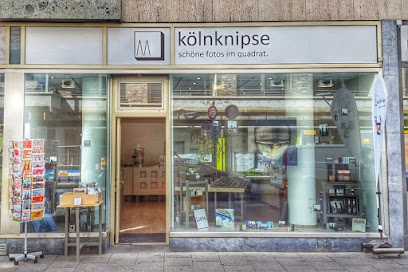
Pylones
0.4 km
Explore Pylones in Cologne for unique gifts and home goods, filled with creativity and playful designs to brighten your day.

BOGNER Köln
0.5 km
Explore BOGNER Köln - where luxury fashion meets contemporary style in the heart of Cologne.
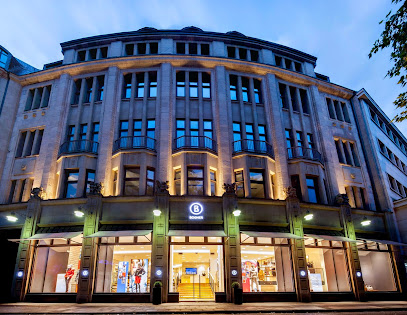
MUJI Cologne Store
0.5 km
Explore the MUJI Cologne Store for a unique selection of minimalist products that blend functionality with style, right in the heart of the city.
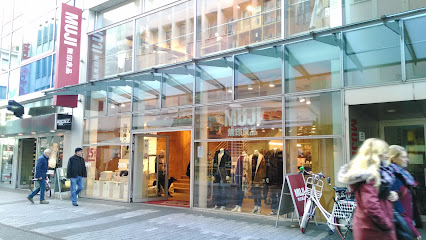
Früh Shoppen
0.5 km
Explore Früh Shoppen in Cologne for a delightful shopping experience filled with local treasures and unique finds.
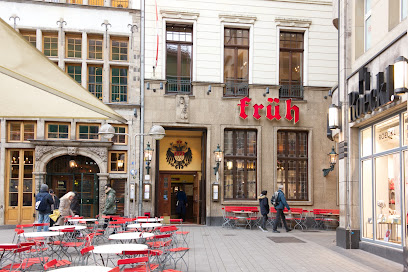
Manufactum Warenhaus
0.5 km
Explore the charm of Cologne at Manufactum Warenhaus, where quality gifts, clothing, and home goods await every discerning traveler.
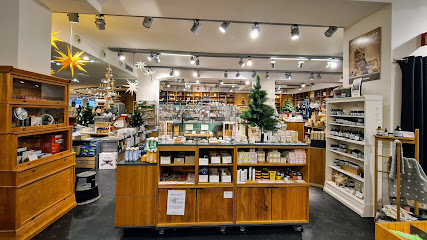
Victorinox Store Köln
0.5 km
Discover Swiss quality at the Victorinox Store in Cologne, featuring iconic knives, stylish luggage, and exclusive apparel in a modern shopping atmosphere.
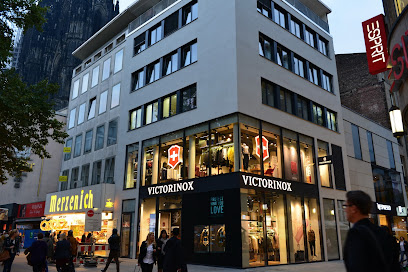
BVLGARI
0.5 km
Explore BVLGARI in Cologne for an exquisite range of luxury jewelry, fashion accessories, and timeless leather goods in a sophisticated setting.
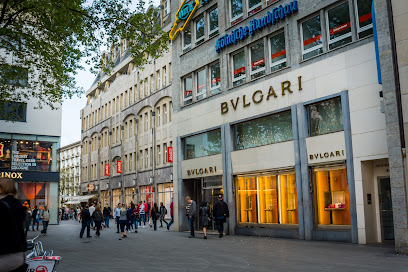
LOUIS VUITTON Cologne Store
0.6 km
Explore the luxury of Louis Vuitton in Cologne, featuring exquisite leather goods and fashion accessories in a stunning retail environment.
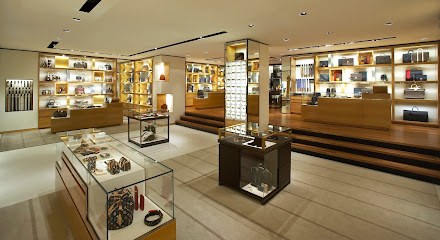
Domkloster 4 GmbH
0.6 km
Explore the heart of Cologne at Domkloster 4 GmbH, your go-to gift shop for unique souvenirs and local crafts that embody the city's spirit.
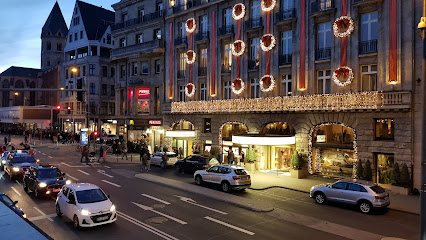
Essential bars & hidden hideouts
The Copper Pot - Köln
0.1 km
Experience Irish hospitality at The Copper Pot in Cologne, where lively ambiance, delicious cocktails, and live music await every visitor.
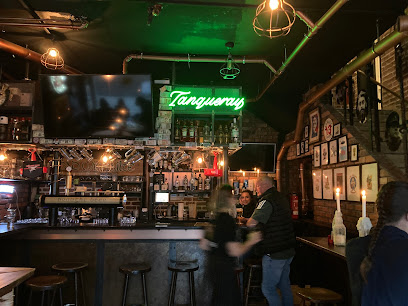
Piano Bar
0.2 km
Discover the enchanting Piano Bar in Cologne, where signature cocktails, live music, and a chic atmosphere create a perfect nightlife experience.
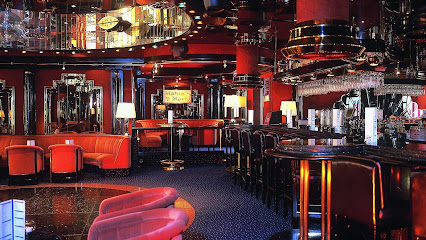
Sonderbar - Köln
0.2 km
Experience the best local brews and a vibrant atmosphere at Sonderbar, a must-visit bar in the heart of Cologne.
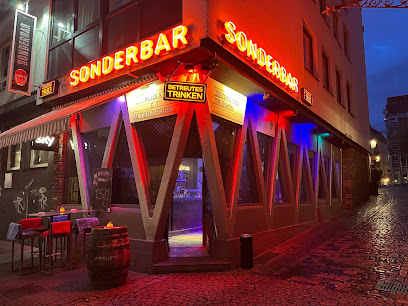
Papa Joe's Biersalon
0.3 km
Experience the vibrant pub culture of Cologne at Papa Joe's Biersalon, where great beer and hearty meals await in a lively atmosphere.
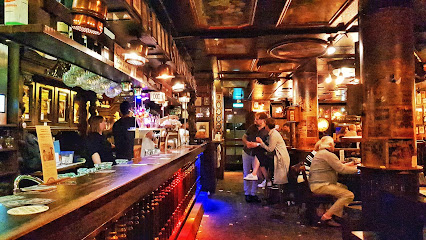
The Corkonian Irish pub
0.3 km
Experience the heart of Ireland at The Corkonian Irish Pub in Cologne, where traditional food, drinks, and live music create unforgettable memories.

Barney Vallely's
0.4 km
Discover the essence of Ireland at Barney Vallely's, a lively pub in Cologne with authentic food, drinks, and vibrant entertainment.

Bierbaum
0.4 km
Discover the lively Bierbaum bar in Cologne, where great drinks and a welcoming atmosphere blend seamlessly for an unforgettable night out.
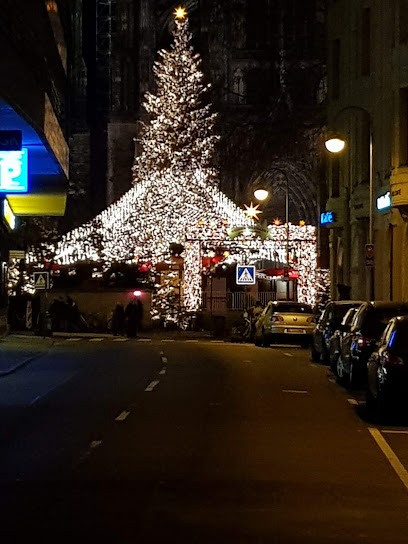
Papa Rudis - Köln
0.6 km
Discover the lively atmosphere and local brews at Papa Rudis, Cologne's must-visit pub for a memorable night out.
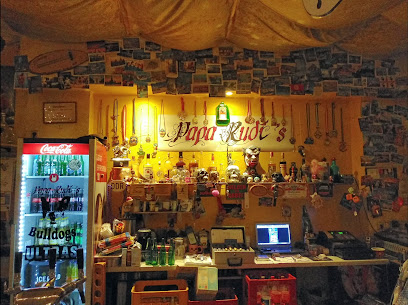
die kunstbar
0.6 km
Discover Die Kunstbar in Cologne: A vibrant bar blending art, music, and delicious drinks in the heart of the city’s nightlife.
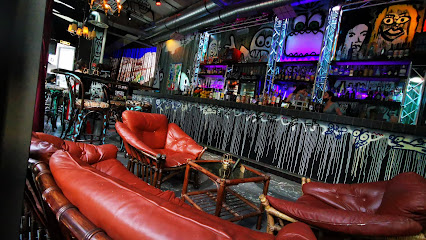
Legends Bar & Terrasse
0.8 km
Experience the ultimate cocktail bar in Cologne with stunning Rhine views, sophisticated atmosphere, and expertly crafted drinks at Legends Bar & Terrasse.
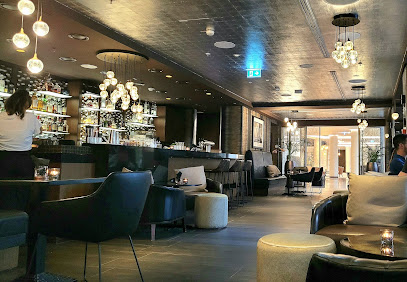
BAR BOTANIK
0.8 km
Discover BAR BOTANIK in Cologne, where lush botanical decor meets expertly crafted cocktails for an unforgettable nightlife experience.

BON-Brauhaus ohne Namen
1.0 km
Experience the heart of Cologne's craft beer culture at BON-Brauhaus ohne Namen, a brewpub offering unique brews and delicious bites in a cozy setting.
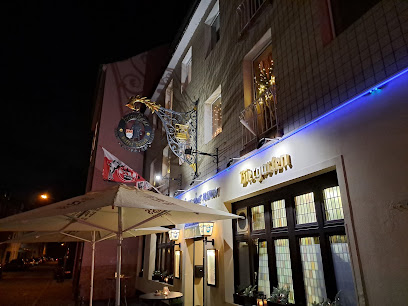
Plüsch Bar & Lounge (im Köln Marriott Hotel)
1.0 km
Experience luxury and relaxation at Plüsch Bar & Lounge in Cologne, where exquisite cocktails and elegant ambiance await you.
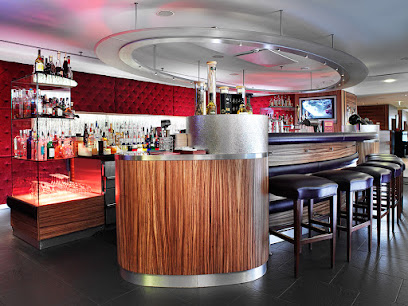
CAFE ESPECIAL Köln
1.1 km
Experience authentic Mexican flavors at Café Especial in Cologne, where vibrant dishes and a lively atmosphere create unforgettable dining moments.

Constantin Pub
1.1 km
Discover the vibrant atmosphere and local charm of Constantin Pub, a must-visit destination for drinks and socializing in Cologne.
